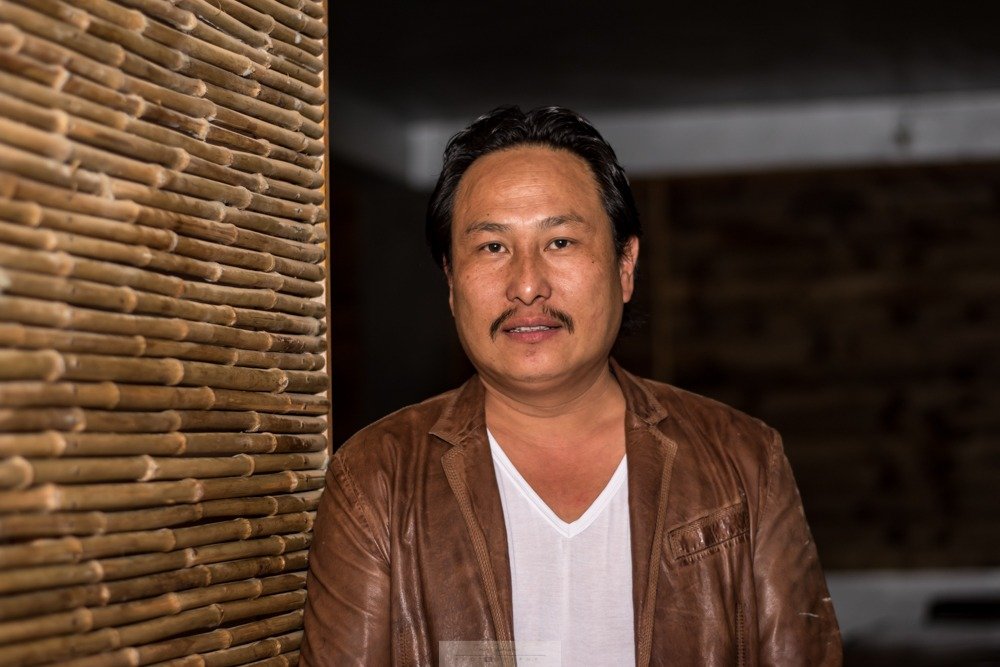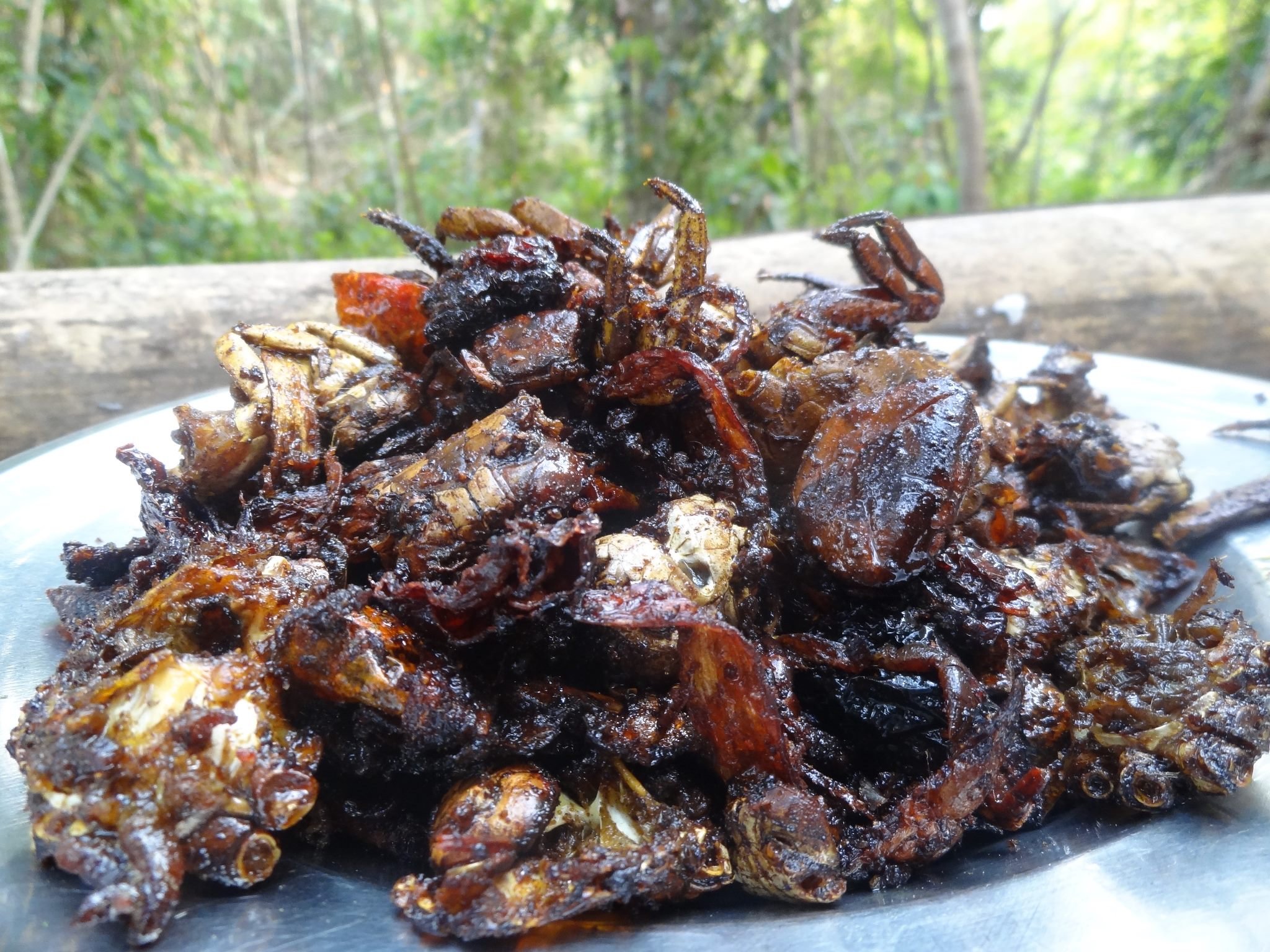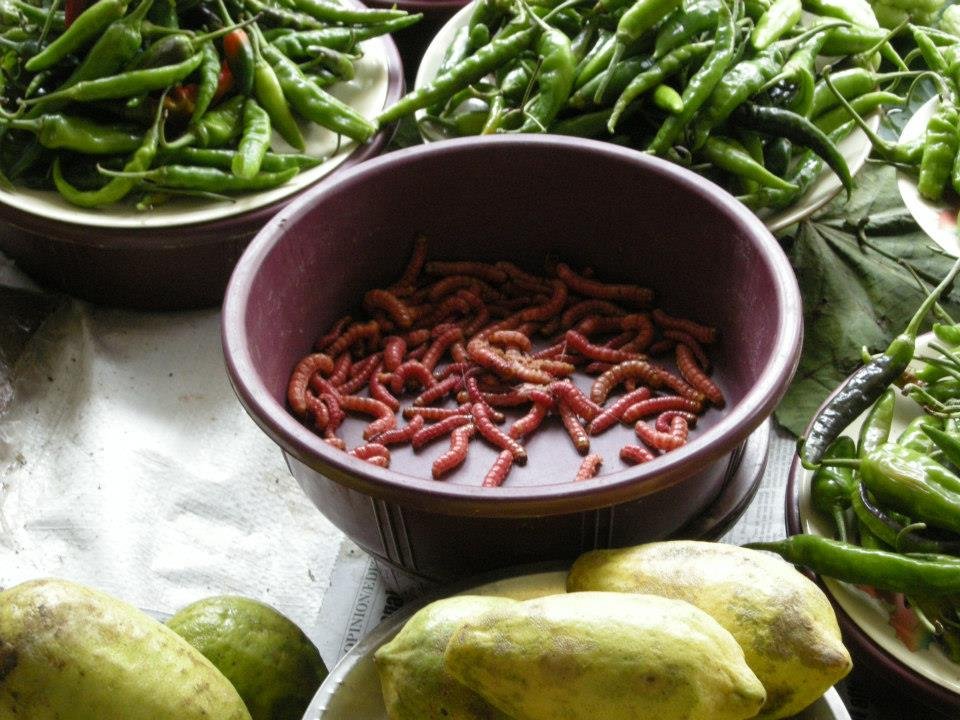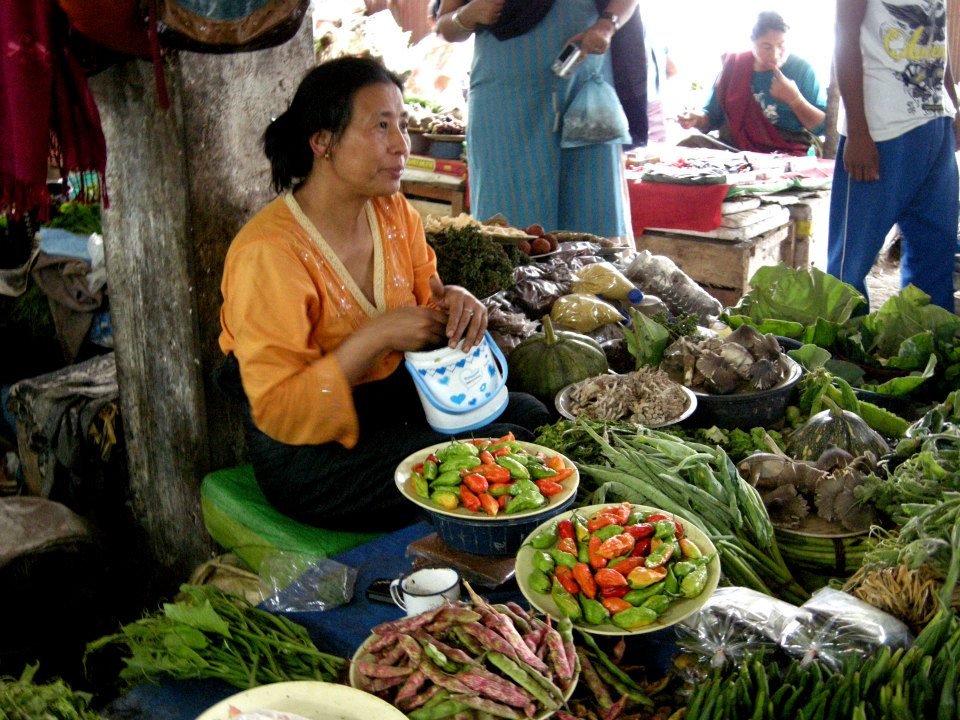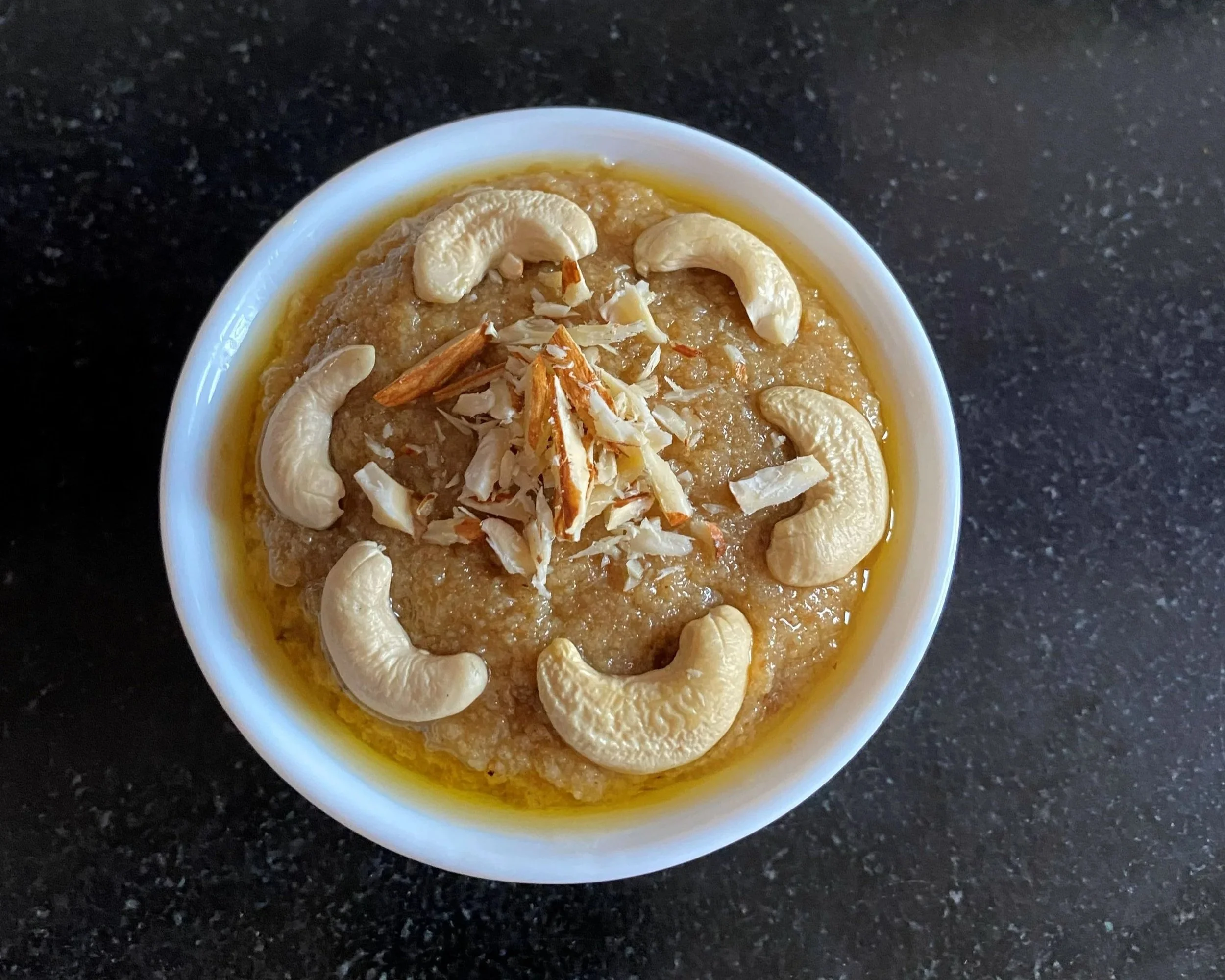50 Years of Indigenous Food Traditions Preserved by Chef Asi Kera of Orami

In recent years, there have been strong movements across the world to acknowledge the struggles of indigenous people. In Nagaland, the unrest between locals and government security forces have resulted in several civilian deaths, and an atmosphere of tense trepidation. This is the journey of a passionate local chef that in many ways, also reflects the the struggle and resilience of Nagaland.
4.30 pm on the streets of Kohima, and people are pulling down their shutters as the dim streetlights flicker on. Silence descends over the city as the sun swiftly sets behind the hills. It is 2009, a tumultuous time filled with political tension; 250,000 residents retire into brightly lit homes for the safety and warmth it offers, rather than linger on in unwelcoming streets. Nightlife remains non-existent. But it was here that Asi Kera, founder of Orami, began his journey.
The Origin Story of Chef Asi Kera
As a young boy, he was enraptured by TLC, the television channel. He loved watching cities with a vibrant street-food culture, where passionate chefs imbued their food with joy, and people of all backgrounds mingled, forging memories with laughter that boomed into the night.
“We were, and still are, fighting for independence. It has been a decade-old freedom struggle with the Indian government. And I wanted people to feel free, to know that good things can happen at night. I thought, why not me? Why not show everyone? I decided to take on the challenge.”
Kera had a clear vision, but not a lot of money. He picked a spot by a bus-stop shelter, assuming it would be his best chance at finding customers. He cooked everything at home, hired a taxi and arrived at 5 o’clock in the evening. “People were shocked. They called me crazy, because I was doing something very new. It was a bit taboo to have a young man selling food on the street, especially at night when everything was pin-drop silent. Naga cuisine is not a grab-and-go kind of cuisine. So, I started by selling Indian chaat and some Indo-Chinese dishes, like dumplings, momos and chowmein.”
The Beginning of Orami
As the months passed, Kera’s dream of owning a proper restaurant kept him going. Every night, he fed hungry travellers and passers-by on the highway until about midnight, building a good rapport with people of the city. But it was his original dish, A-Sky, that made him the talk of the town. “Everything takes a special kind of passion, and I really have that passion for cooking. I created a curry that combined chole and beef innards, which I named A-Sky, because it was born under the April sky. I wanted people to taste something interesting and different and with this dish. Word got around and people started getting excited about my little eatery.”
Kevitho Kera, a social activist and Kera’s cousin remembers tasting all his early experiments. “Naga society is close-knit and very community-based, and I was part of his journey from the start. I tasted ‘A-Sky’ which is a hybrid of Indian street food called ‘Googni’ (chaat made with peas and potato) and Naga beef innards. The chewy taste and flavour of fried beef innards were so delicious.”
With a little luck, Kera found a building near his regular spot, with a veranda out front. He was able to acquire the attached room as well, and turned it into make-shift kitchen, using the space in the front to set up a few tables. “I really paid the price for Nagaland’s horrible roads and drainage systems, especially during our four months of monsoon. On some mornings I would walk into a flooded kitchen; some nights we would be soaked, cold, and shivering in the rain. We had days when we couldn't sell anything, and I remember crying in secret because I had to appear strong for my cousins who put their trust in me and worked beside me. But, everything was God's plan. Later in the year, we moved into a vacant storeroom on the top floor of the building next to ours. The building’s owner was so happy to help, because he was amazed and encouraged by the changes he had seen us bring about. This was the beginning of Orami Restaurant.”
The word Orami means ‘my people’. Kera wanted his restaurant and food to push Naga culture forward. “Naga culture is very hospitable; we are very generous people. This is the intention I set for Orami. I wanted people to love the food, but, also enjoy the ambience and learn about our culture through decor.”
Showcasing Angami Tribal Heritage
Deeper than the values of a collective Naga culture, Kera also wanted to shine a light on his tribal heritage as part of the Angami tribe, one of the 16 main tribes living in the Nagaland. “We were known as headhunters. The reason I live today is because my great-great-grandfather was a warrior. Our weapons were dao (similar to machetes), shields and spears. We battled our enemies and hung their skulls at the entrance to our homes, as evidence of heroism. We left these customs behind when we converted to Christianity. Yet, we remain very community-focussed, dedicated to protecting our people.”
Community activities are a big part of life in Nagaland. “For example, if you need to build a house, the whole community will help you. After that, we rotate to help someone else, maybe harvest rice in the paddy fields. This is especially fun during snail season. Through the day, we will collect snails, small fish, insects and larvae. Then at the end of a long day of harvest, we cook it with vegetables we have foraged, to make an elaborate feast, with lots of merrymaking.”
The Nagas were dependent on farming and hunting and have a special connection to nature. “We are very careful with our food, nothing is wasted. We go to the jungle, collect only as much as we need to consume, and live in perfect alignment with nature. We respect nature because it gives.”
“Today, you might be fascinated by our unique delicacies: snakes, monkeys, wild boars, anything really,” he explains. “But our food has never changed. In every household and every kitchen, you will get to taste authentic Naga cuisine. We are very connected to our roots, especially when it comes to eating."
The Unique Naga Hospitality
At first, Kera admits, it was difficult to get people to visit the restaurant because they often thought, ‘Why should I go to a restaurant and eat what I cook at home for free?’ But Kera’s adventurous spirit is well reflected in his cooking. With time, the village was won over by his food, the feeling of community, the homage he paid to each tribe's history.
Dr. Visakhonu Hibo, principal of the Japfu Christian College in Kohima is a customer-turned-friend. “Though I cook Naga food at home, I still go out to eat at Orami with my family and friends because I can enjoy his creative atmosphere and delicious food. We have celebrated a few birthday parties of my children at Orami because they like being close to their Naga roots. My friends and I also enjoy good food together when they come from the mainland.”
Orami’s interiors also follow its theme. Kera personally collected tree trunks and branches from every region to bring that natural element indoors. The restaurant decor includes historical artefacts, pottery, weapons, and art. It took him nearly six months to complete it, and he is visibly proud turning his dream into reality. Orami has become a second home to people in the city, and an exciting cultural hotspot for visitors from outside. It even has a signature Orami tea, a pink organic tea that calms the stomach.
“I am not a trained chef but I grew up watching my mom and my sister, who were amazing cooks. Every curry I make, I remember those moments as a child, when I used to peel potatoes or mash ginger for them. The care I put into my food has made me the chef I am. I have prepared veg porridge, Galho, for the Princess of Thailand on her visit. I've cooked for millionaires, ministers of India and other VIPs. The Hornbill Festival is also a time where I cook special menu items from giant hornets, bee larvae, bamboo larvae, banana larvae, grasshoppers, silkworms, and everything else I find in the jungle. I cook them with the hottest chilli, Nagaland king chilli. Among the vegetarian recipes, I would prepare are Naga dahl, Naga beans, wild edible vegetables, and different chutneys.”
It has been about 13 years since Kera started on the streets. Today, those little ripples have created a wave of change. Many young people now invest into the city’s street food culture, and nightlife has improved dramatically. Shops remain open till 7 or 9 pm, and the city has developed a culture of eating-out; families and friends revel in each other's company late into the night.
"I could not claim to have done everything,” Kera says modestly. “But I was one of the many that gave everything for my vision and values, and I am grateful to see change".
Samyama Kolhapuri is a London-based journalist who is passionate about small businesses, lifestyle, the various forms of creation and culture.
ALSO ON THE GOYA JOURNAL
